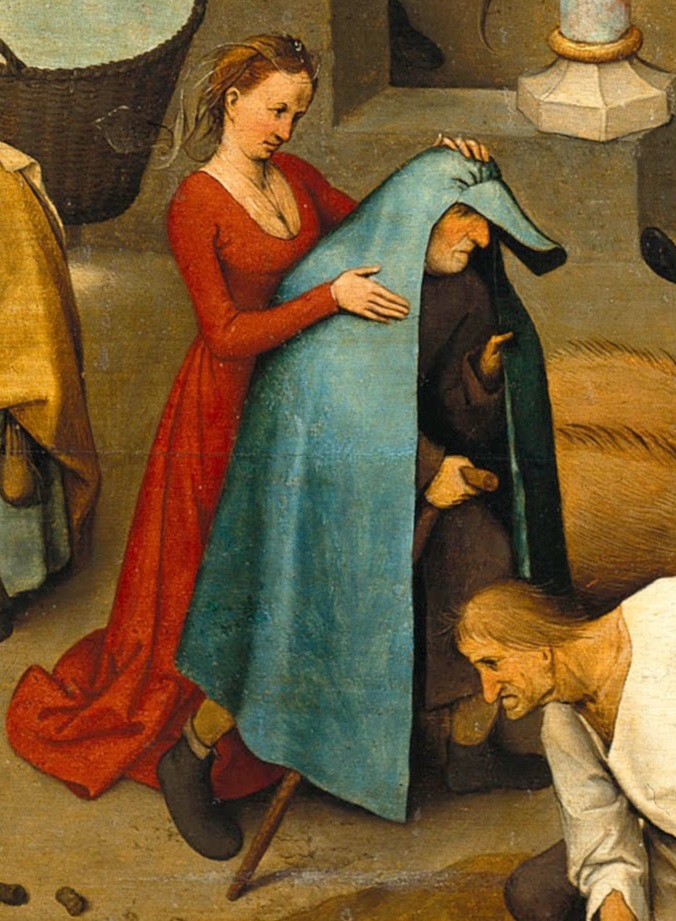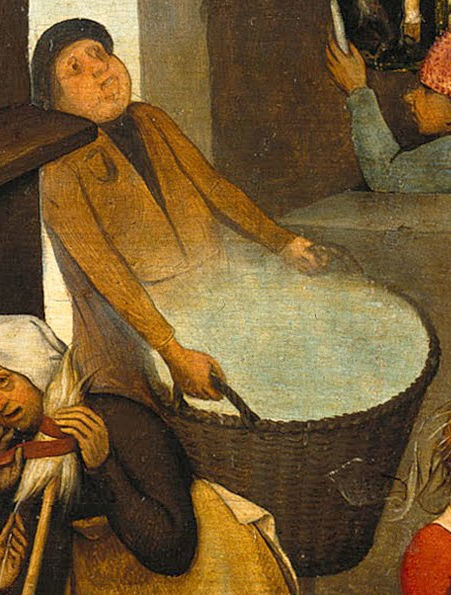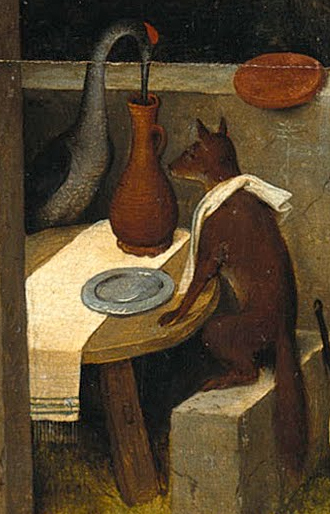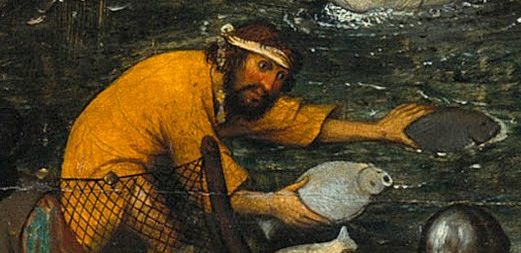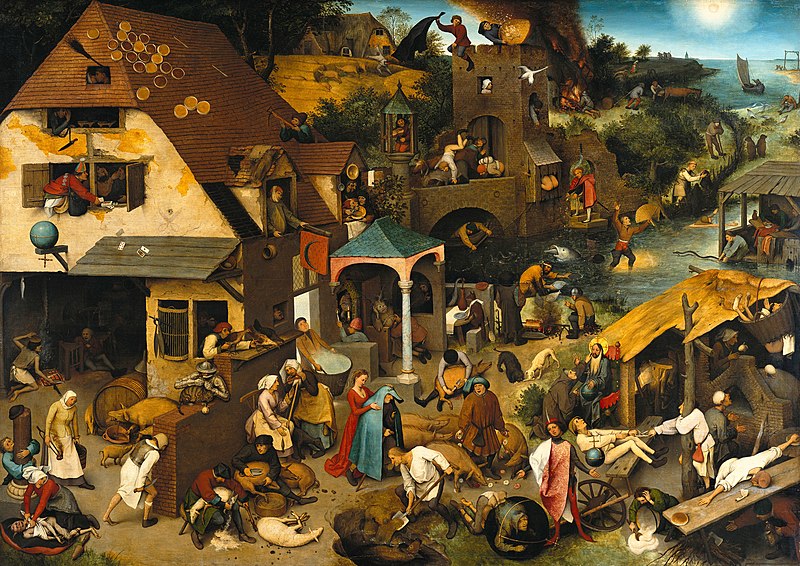Krispin Joseph PX
Pieter Bruegel brings many things into his paintings: Netherlandish landscapes, peasant scenes, and their life. Bruegel brings this vast landscape with people, mainly peasants, into the subject of art. Bruegel’s subjects always carry extensive topics; sometimes, other elements, like proverbs and children’s play, bring the canvas.
In Peter Bruegel’s time, religious subjects were prominent, and most Netherlands artists followed portrait paintings. In contrast, Bruegel grows just the opposite of this and is innovative in choices of subject matter. Bruegel always held that element after returning from Italy and settling in Antwerp. Bruegel died very early, in his early forties; before that, he used to create printing for a client and end of his career, he started to paint his celebrated artworks.
In a painting named Nethelandish Proverbs (1559- 46 in × 64 in), Bruegel portrays more than a hundred proverbs still used in today’s Dutch social life. Scholars argue that the title of the painting is ‘The Dutch Proverbs’ and ‘The Blue Cloak or The Folly of the World’; both narrate the content of these paintings and what Bruegel intended to bring follies of the people in his contemporary society. This painting is a visual narration of the Proverbs in culture. This painting is a village scene on a vast canvas, nothing special at first glance, but each corner of the canvas brings narratives of the proverbs, which is the visual vocabulary of the surrounding space of Bruegel.
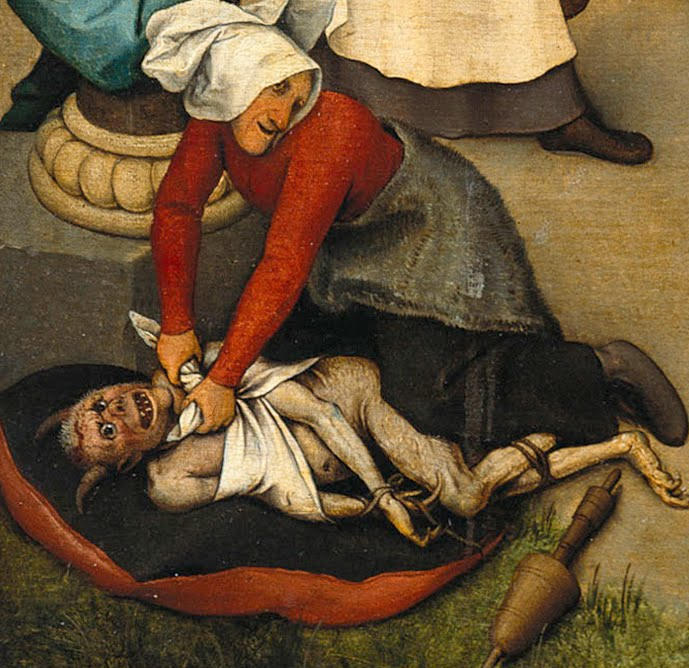
credit: Wikipedia
Why Bruegel bring visual attention to human folly because the surrounding society is too characterless in actions, those absurd and fools. Bruegel brings the village people into a canvas to narrate the human follies that affect them first, and then artists too. There is some early evidence of Bruegel’s intention about the Dutch proverbs; his two paintings Big Fish Eat Little Fish (1556) and Twelve Proverbs (1558), are the early visual example of these interests.
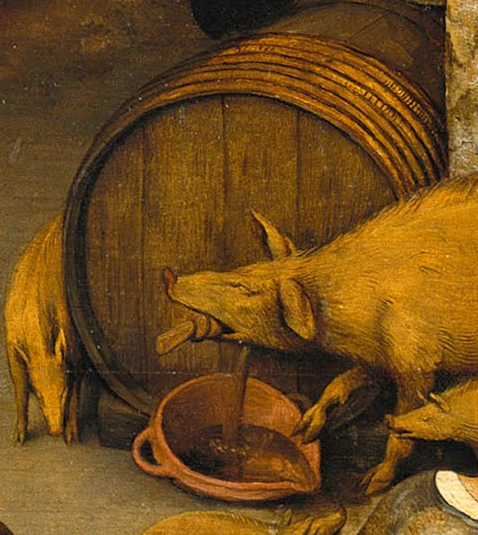
Credit: Wikipedia
The nature of the proverbs is to teach people some essential things, such as moral preaching. In the middle of the painting, one lady in a red gown tries to drape a blue cloak over her husband. What that visual narration bring the proverb is she deceives him. How can we reach that assumption? Is reading that portion very well with connotations of the red and blue dress that bring that time? After the impact of Christianity, the colour red is considered a sin and ‘blue’ often links with cheating and folly.
